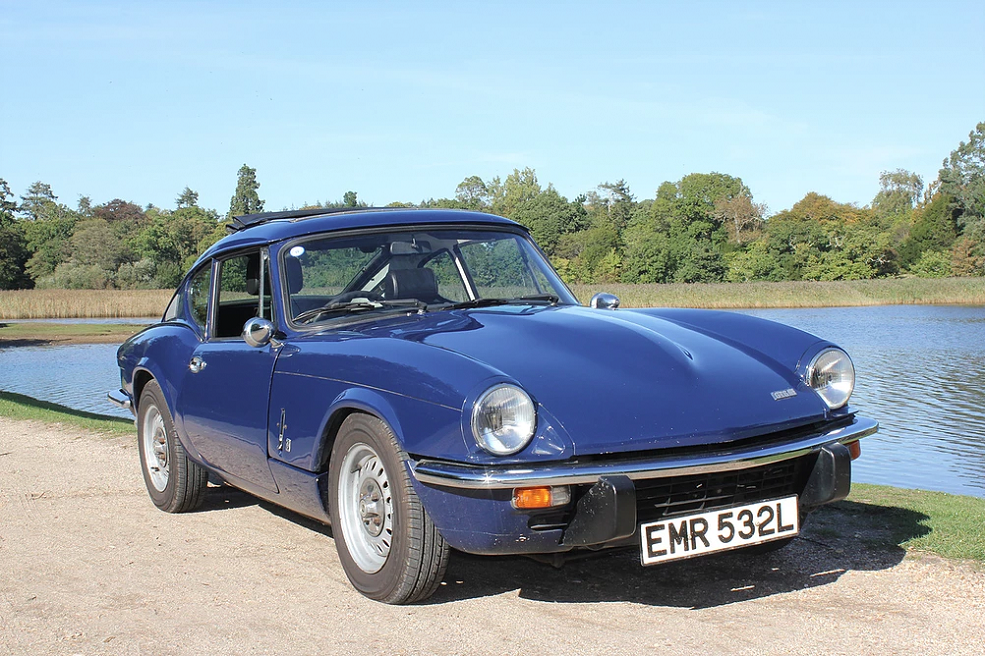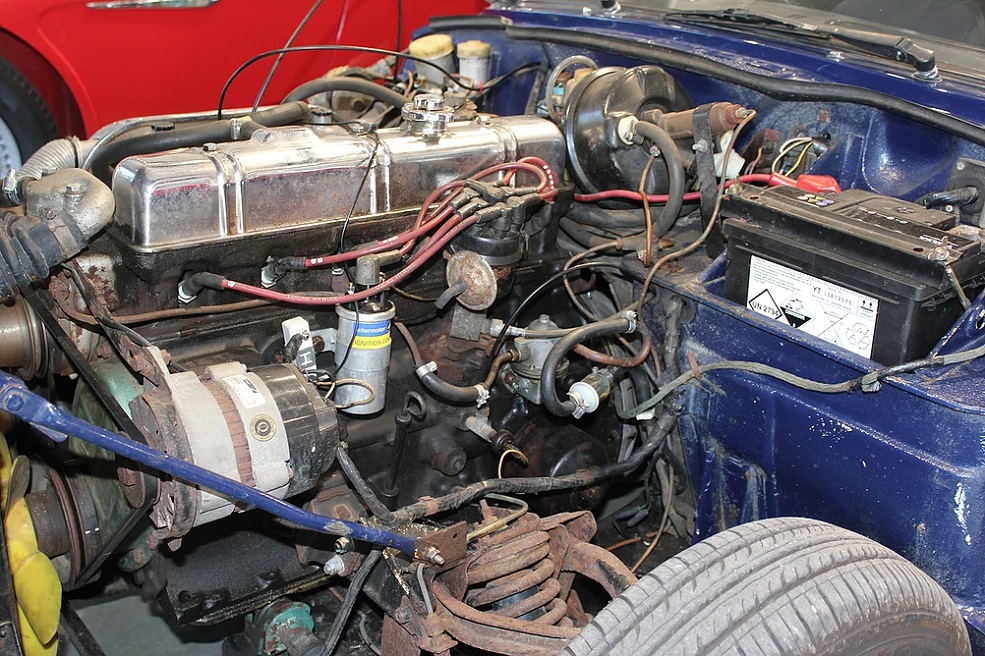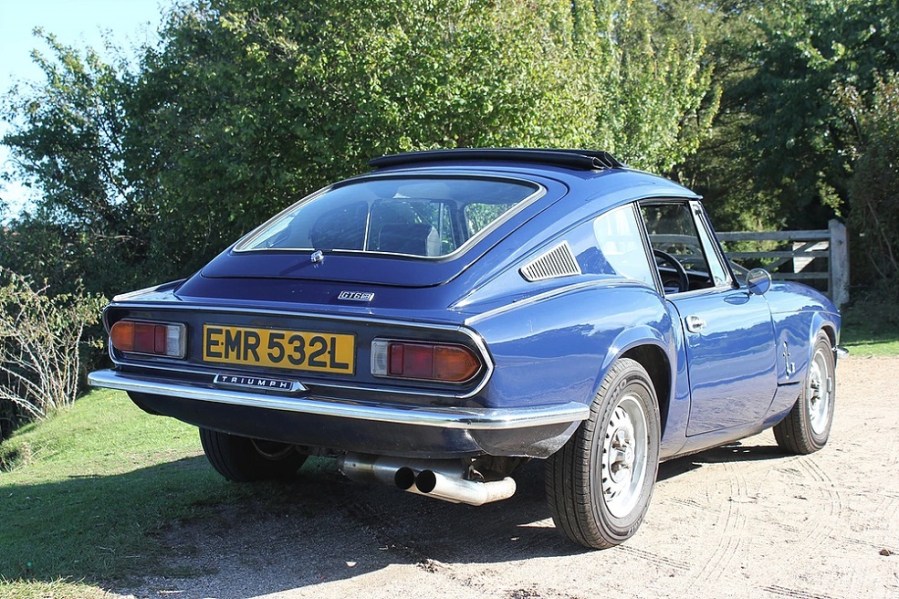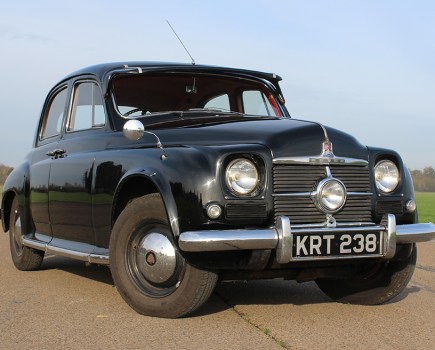The poor mans E-Type and the overlooked Triumph, why isn’t the GT6 appreciated more? We take a quick look at its history.
Ask someone to pick a classically styled ’60s sports car with separate chassis and straight-six engine and the first answer from the majority of people will be the E-Type. Meanwhile, ask the same person to pick a classic Triumph and their answer will probably be a TR of some kind, more often the TR6. Both answers illustrate how the GT6 has tended to be overlooked by the classic market.
The car was a product of what today would be called platform sharing, base essentially on the Spitfire, which came about when Triumph management fancied a share of the market the Austin-Healey Sprite was enjoying and the logical idea was to use the Herald chassis and clothe it in a traditional sports car body.
The work was entrusted to Michelotti, who obliged in double-quick time and with the body welded in sections, the Spitfire was both more rigid than the Herald and could sit lower thanks to the welded sills allowing it to do without the outriggers of the Herald.

With the 948cc Standard engine making 63 bhp, the Spitfire was an ideal competitor to the Sprite and when it turned out to be a success, Triumph went back to Michelotti asking for a hardtopped coupe version of the car which was to be marketed as the Spitfire GT.
Elegant though it was, the additional bodywork added a significant amount of bulk so the plan was put on hold temporarily but not until the competition department had seen the prototype and taken a mould from it to use as a the basis for a Le Mans Spitfire. The fastback style improved the car’s high-speed aerodynamics which made it ideal for the constant high-speed running at Le Mans and Triumph duly took 13th overall and first in class.
To capitalise on it, the company decided to produce a roadgoing version of the racer, solving the weight issue by using the 2-litre straight-six – essentially the rolling engine/chassis of the Vitesse.

Rated at 95 bhp, this gave the Spitfire new purpose and created a car which was very different from the model on which it was based. The Spitfire GT tag was changed to GT6 and the advertising campaign drew heavily on the Le Mans success.




